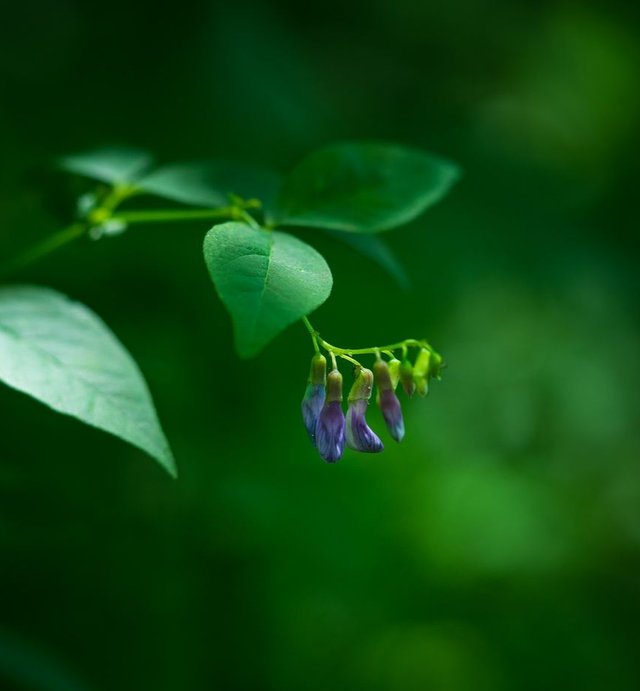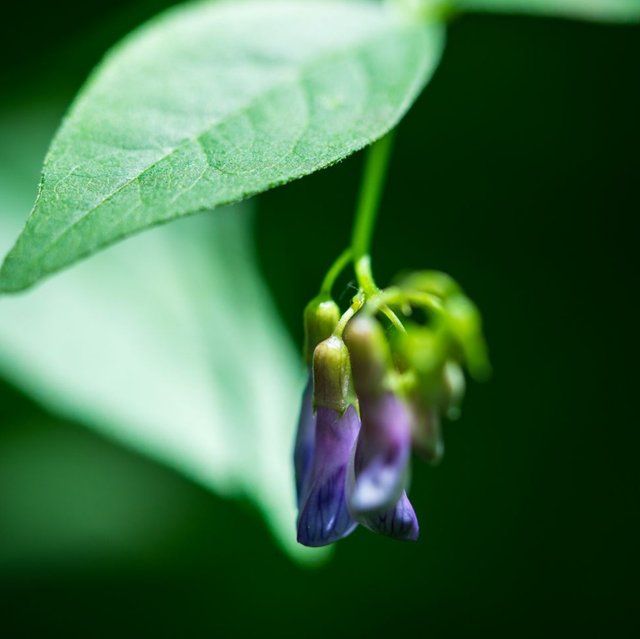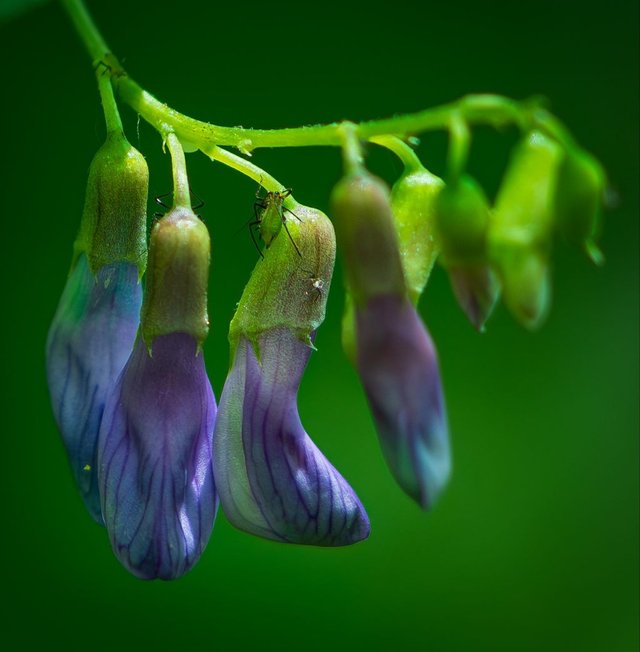Lathyrus vernus: A Comprehensive Overview
Introduction
Lathyrus vernus, commonly known as the spring vetchling or spring pea, is a perennial herbaceous plant belonging to the family Fabaceae. This charming and resilient plant is prized for its early spring blooms and vibrant colors, making it a favorite among gardeners and plant enthusiasts. Originating from Europe and parts of Asia, Lathyrus vernus has also found a home in various temperate regions across the globe. In this comprehensive overview, we will delve into the botanical characteristics, habitat, cultivation, ecological importance, and potential uses of Lathyrus vernus.
Botanical Characteristics
Lathyrus vernus is a herbaceous perennial that typically reaches heights of 20 to 40 centimeters. Its stems are slender and somewhat angular, often exhibiting a slight climbing habit. The leaves are pinnate, comprising several pairs of lanceolate leaflets, and terminate in a tendril-like structure that aids in climbing and support. The plant’s inflorescences are racemes, bearing several flowers that bloom in early to mid-spring, typically from March to May.
The flowers of Lathyrus vernus are one of its most striking features. Each flower is bilaterally symmetrical, resembling the characteristic pea flower structure with a standard, wings, and a keel. The blooms can vary in color, ranging from shades of purple, pink, and blue to occasionally white. The vibrant blossoms are not only aesthetically pleasing but also serve as an early source of nectar for pollinators.
Habitat and Distribution
Lathyrus vernus is native to a wide range of habitats in Europe and Asia, including deciduous forests, woodland edges, and meadows. It thrives in well-drained soils with moderate moisture levels and a neutral to slightly acidic pH. The plant is adaptable to both full sun and partial shade, although it tends to perform best in dappled sunlight or light shade conditions, mimicking its natural woodland environment.
In the wild, Lathyrus vernus often forms part of the understory vegetation in temperate forests, where it contributes to the biodiversity and ecological balance of these ecosystems. Its ability to grow in a variety of soil types and conditions makes it a versatile plant that can be successfully cultivated in garden settings as well.




Thanks For Reading
Device Information
| Device | cannon eos 600D |
|---|---|
| Lens | 55-250 zoom leans |
| Location | Myanmar |

Cool .... I think I have them in my forest too, I feel I have seen them here :) I must hold eyes open and see if I get soon some photos what same plant :))
Downvoting a post can decrease pending rewards and make it less visible. Common reasons:
Submit